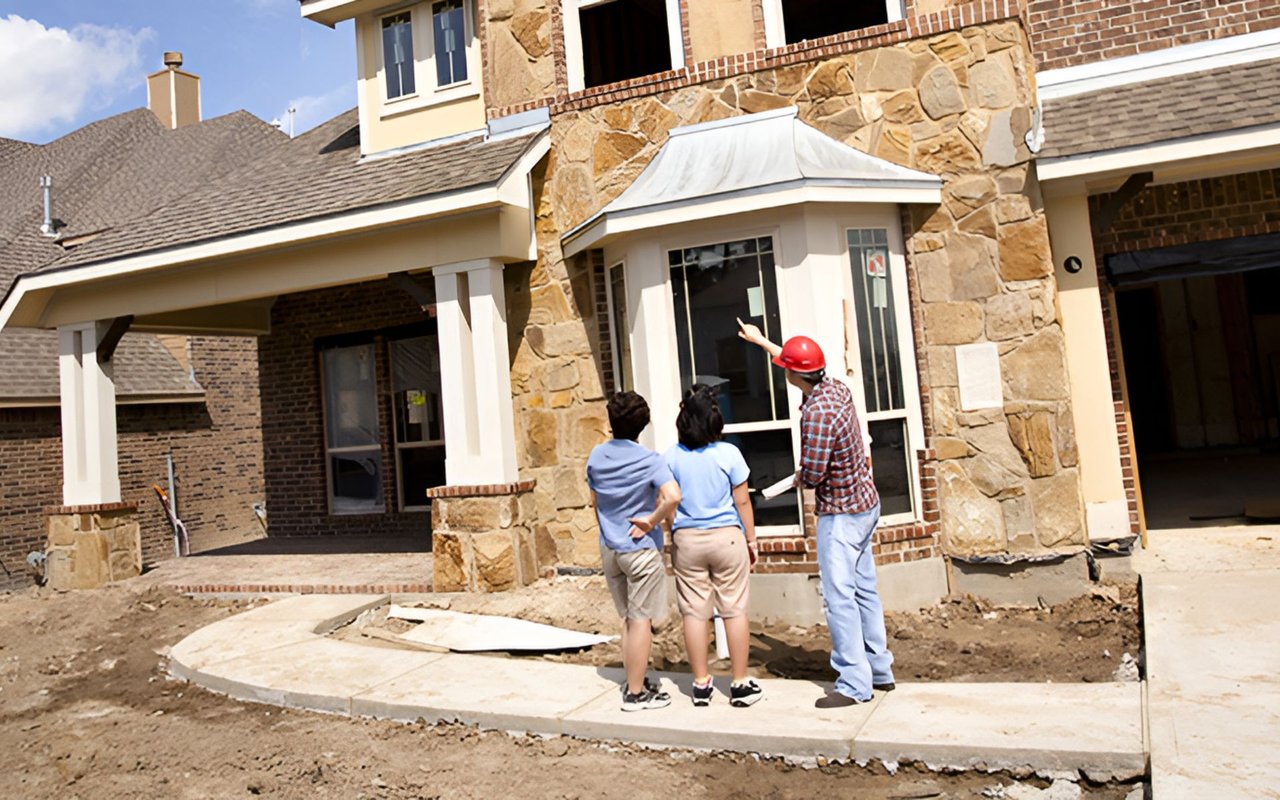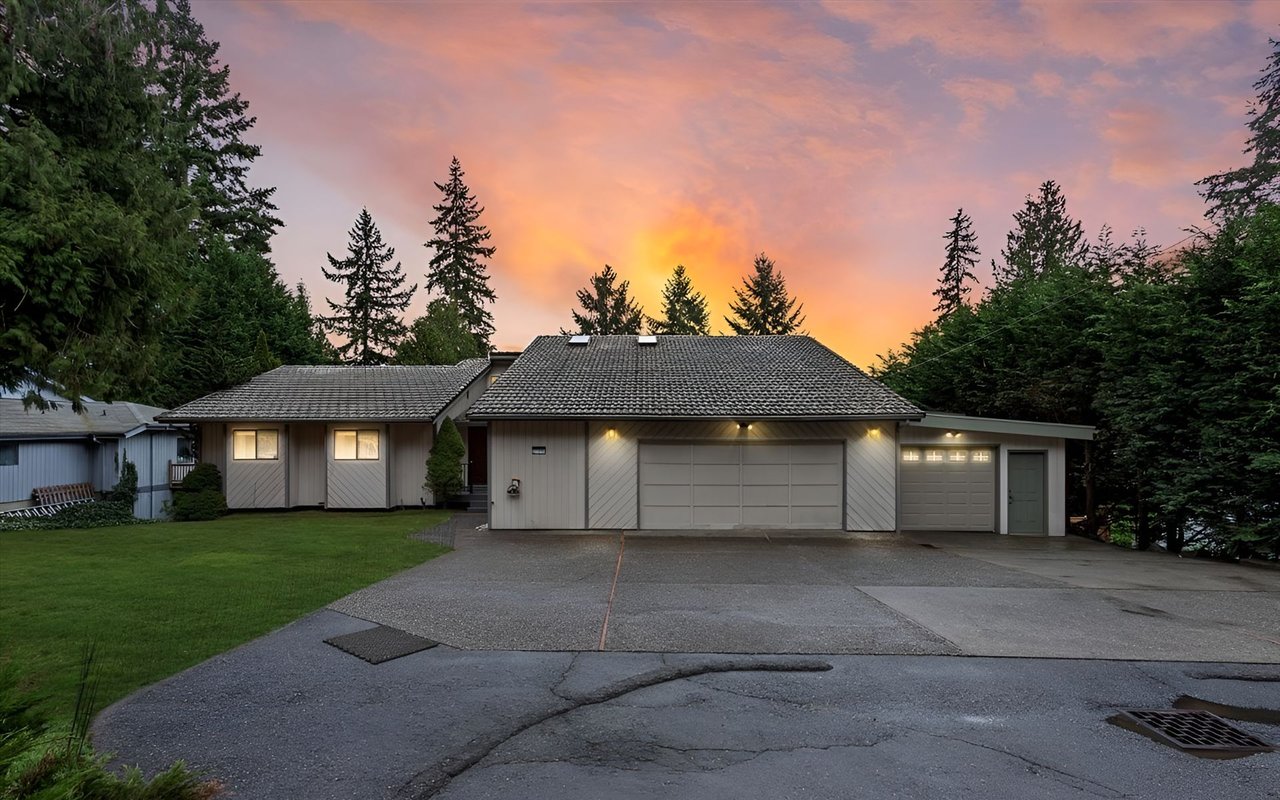How Much is Your Home Worth?
- Instant property valuation
- Expert advice
- Sell for more
Keller Williams Greater Seattle Real Estate Agent
Milaina West provides success for her clients through her dedicated hard work, generosity and fierce negotiation skills. She serves a variety of clients building and supporting community in the process.
Located in Greater Seattle, we are passionate about not only selling homes, but curating life long memories and friendships through the process. Myself and my daughter founded the Milaina West Group in 2019 and we work with dozens of different professionals to ensure the process of home buying is as easy as possible.

Originally from Dallas, I found my passion for real estate in Seattle, where I specialize in relocation, investment strategies, and home sales. With 15+ years of experience, I help clients navigate the market, maximize their returns, and settle into the Pacific Northwest. Ranked in the Top 10% at Keller Williams Greater Seattle, my team and I are dedicated to making every move seamless and successful.
Closed Sales
Total Value
Sales Last 12 Months
Price Range
Enter your details to see how much your home is worth.
*Authentication failed. Please enter your details below to get your free valuation.
Schedule a free consultation with a top local agent who can help you estimate and understand your home's value.

Milaina West
Managing Broker | CNE Owner of Milaina West Group
About Me
We need more information to provide an accurate estimate for this address. Local expert Milaina West will reach out shortly or you can schedule a consultation now.

Greater Seattle is a dynamic region known for its stunning natural beauty, thriving job market, and diverse communities. From the vibrant energy of downtown to the charming waterfront towns and scenic mountain views, the area offers something for everyone. Home to major tech hubs, world-class dining, and endless outdoor recreation, Seattle blends urban sophistication with Pacific Northwest charm. Whether you're drawn to the bustling city life, serene suburbs, or waterfront retreats, Greater Seattle is a place where opportunity and lifestyle come together.
 Real Estate
Real Estate
Explore the Latest Innovations and Styles in Phinney Ridge Home Design
 Real Estate
Real Estate
NAHB reported their Housing Market Index (HMI) hit an all-time high with a score of 83.

This stunning property offers a perfect blend of modern comfort and classic charm.
Work with a team that brings experience, dedication, and local expertise to every real estate journey. Whether you're buying, selling, or investing, we’re here to guide you every step of the way.